Urban environments or living in tiny homes can limit your outdoor space, but that doesn’t mean you have to give up gardening. With some creativity and the right approach, you can turn even the smallest balcony, patio or indoor corner into a lush green haven. A small space garden is possible and can be incredibly beneficial, allowing you to enjoy the benefits of greenery in even the most compact of spaces. Here are some great ideas to help you create a thriving small space garden.
Maximizing vertical space
Look up when you’re short on floor space! Vertical gardening is one of the most effective ways to create a small space garden without taking up valuable land area. Use trellises, wall planters, or hanging baskets to grow climbing plants like ivy, peas, or even strawberries.
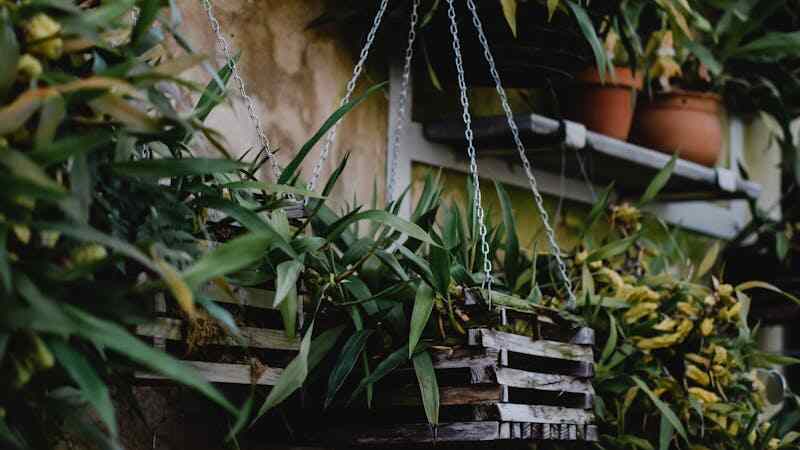
Vertical gardening can add layers of greenery, turning a bare wall into a vibrant green space. Stackable planter shelves or tiered plant stands are also great options for maximizing vertical real estate.
Container gardening for flexibility
Container gardening is perfect for a small space garden because it allows for flexibility and easy management. Use a variety of pots, planters, or even repurposed containers like old buckets or crates to grow flowers, herbs, or small vegetables.
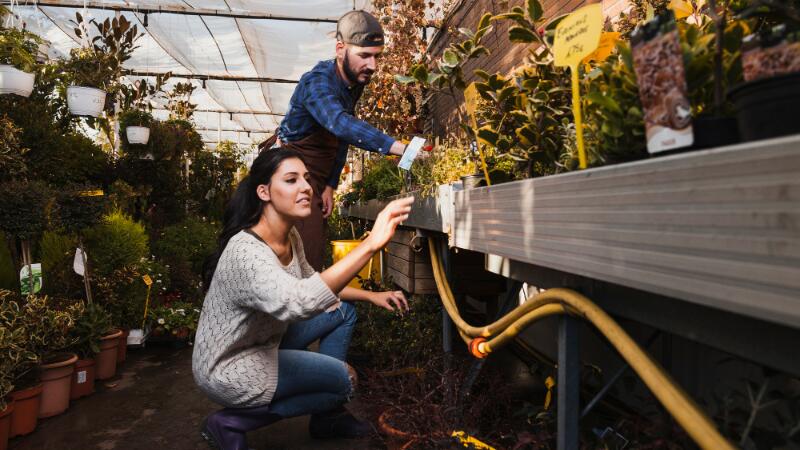
Containers can be moved around to capture sunlight or shade, and can easily be rearranged to suit your space. Additionally, using containers allows you to experiment with different plants without committing to a permanent spot in the ground.
Choose the right and Small Space Garden
Not all plants thrive in confined spaces, so it’s important to choose the right varieties for your small space garden. Choose compact or dwarf plants that don’t need a lot of space to grow. Herbs such as basil, thyme, and mint are ideal for small pots, while dwarf tomatoes, lettuce, and radishes can be grown in small garden beds or containers.
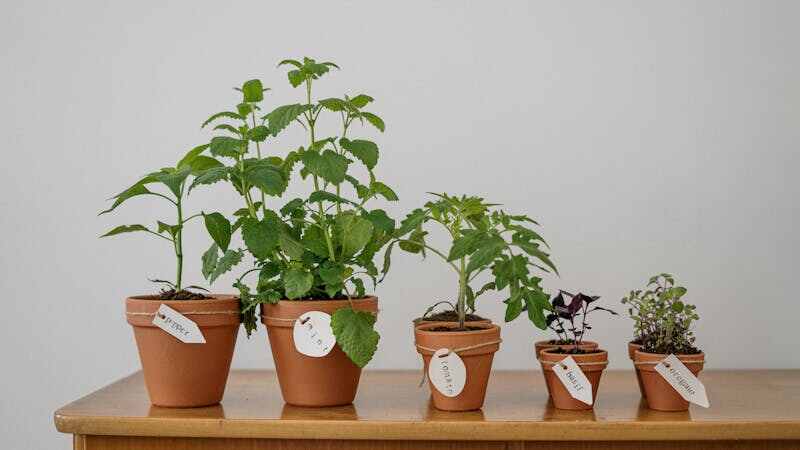
Succulents and cacti are also great for compact spaces, as they require minimal maintenance and look stunning in small arrangements.
Add a vertical planter.
One of the easiest ways to make your small space garden feel bigger is with vertical planting. These can be freestanding units, wall-mounted pockets, or even DIY options using pallets or ladders. Vertical planters allow you to grow multiple plants without using up a lot of floor space.
These are especially useful for growing herbs, flowers, or trailing plants that can droop down, creating a beautiful green display.
Choose multi-functional furniture.
In a small space garden, each element must serve a purpose. Choose furniture that offers both function and style. For example, a bench with built-in planter boxes or a table that doubles as a planter base is a smart way to maximize space.
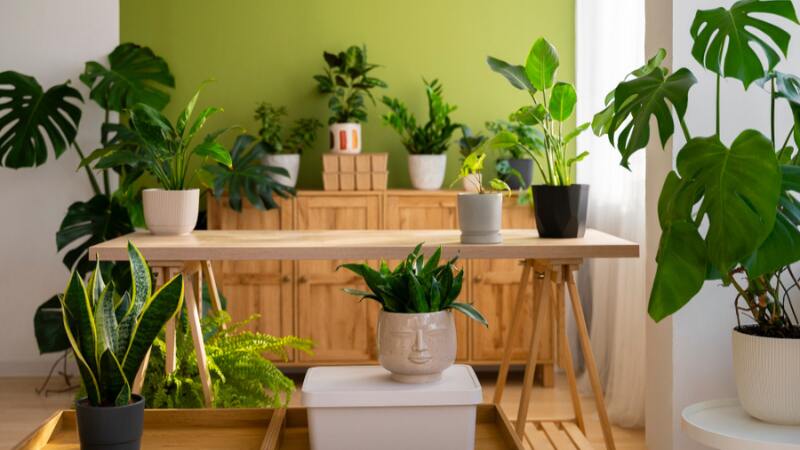
Foldable furniture is another great option for small patios or balconies, allowing you to free up space when needed. Multifunctional furniture helps to strike a balance between comfort and plant space, ensuring that your small garden is both practical and beautiful.
Utilize mirrors to generate the illusion of capacity. Mirrors are a fantastic tool to make a small space garden feel bigger. Mirrors can create the illusion of depth and space by reflecting light and greenery. Mount a mirror on a wall or fence to give the impression of a large garden. This trick works especially well in shadowy areas where you want to bounce more light around your space, making it airy and open.
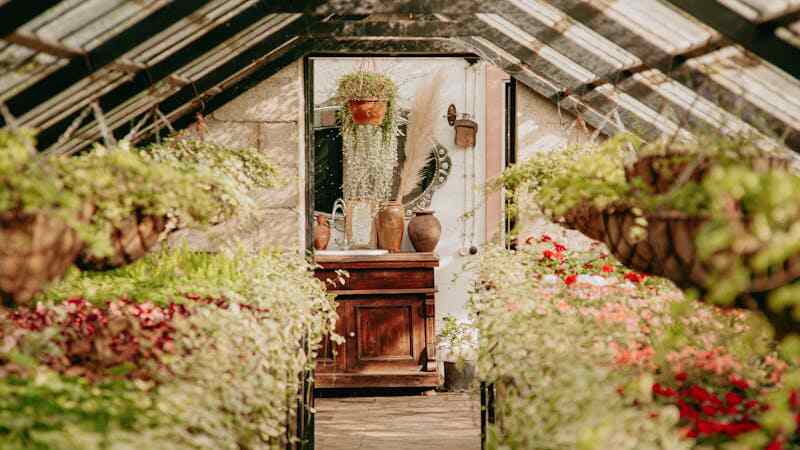
Mirrors are especially useful in small spaces where light is limited, as they help bounce sunlight throughout the area, making it feel airy. Reflecting the greenery of your garden, they create the illusion of continuity, making it seem as if the garden extends beyond its original borders.
Additionally, decorative mirrors can also act as focal points, adding style and sophistication while drawing attention to specific areas of your garden.
Garden in layers
Planting at different heights can make your small space garden look more vibrant and full. Use tall plants such as bamboo or ornamental grasses in the back, medium-sized plants in the middle, and smaller, low-growing plants in front. This technique adds depth to your garden, making it feel more spacious.
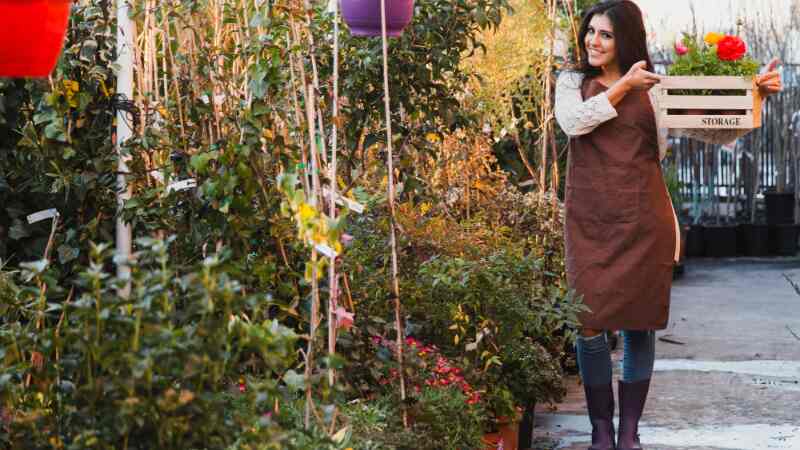
Additionally, layering plants can help you make the most of sunlight, ensuring that each plant gets the light it needs without being overshadowed by larger plants.
Create a cozy corner with a green screen
Adding privacy to your small space garden can be as simple as using tall plants or vertical structures to create a green screen. Bamboo, tall grass, or climbing vines on trellises can act as natural dividers, providing a sense of privacy and seclusion.
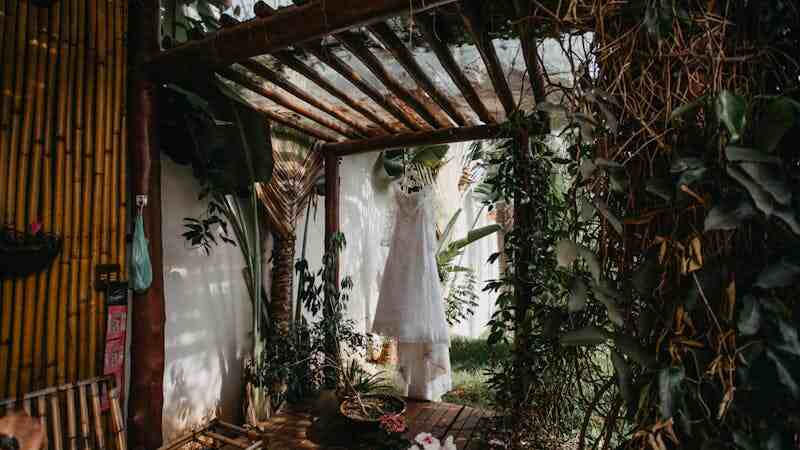
It not only enhances the aesthetics of your small space garden but also creates a comfortable retreat where you can relax and unwind. In addition to privacy, a green screen adds height to your garden, drawing the eye upward and creating the illusion of more space
Climbing plants such as ivy or clematis can further enhance the screen by adding layers of texture and color. A well-placed green screen can also act as a windbreak, making your garden corner feel more sheltered and cozy
Smart use of color and texture
When designing a small space garden, it’s important to play with color and texture to create interest and make the space feel larger. Use different leaf shapes, colors, and plant textures to create visual contrast. For example, combine plants with smooth leaves with sharp or textured plants to add depth.
Using a harmonious color palette for pots, planters, and furniture can also create a sense of unity in your small space garden, making it feel well-designed and cohesive.
Add edible plants.
Even in a garden with a small space, you can grow your food. Herbs, salad greens, and compact vegetables can easily be grown in containers, raised beds, or vertical plants. Growing edible plants not only adds to the aesthetic appeal of your garden but also provides the reward of fresh, homegrown produce.
You can even experiment with small fruit plants like strawberries or blueberries, which thrive in containers and are perfect for confined spaces.
Use lighting to enhance the atmosphere.
The right lighting can transform your small space garden into a magical nighttime retreat. String lights, solar-powered lanterns, or small spotlights can be strategically placed to highlight certain areas of your garden, such as a beautiful plant arrangement or a cozy seating area.
Good lighting not only improves the atmosphere but also makes your garden more active for evening use, extending the enjoyment of your small space garden beyond the daylight hours.
Think outside the box with unconventional spaces.
Don’t limit your small space garden to traditional areas like balconies or patios. Windowsills, stairs, or even unused corners of rooms can be turned into small gardens. Hanging a planter in a kitchen window or planting a plant on a sunny shelf are great ways to bring greenery into your living space.
Be creative and think outside the box to find new ways to incorporate plants into your home, no matter how small the area.
Adding water features to small spaces
Adding a small water feature, such as a tabletop fountain or a small pond, can add a sense of calm to your small garden space. Water features also attract beneficial wildlife such as birds and pollinators, enhancing the natural environment of your garden.
Even the smallest water feature creates a sense of calm, transforming a compact outdoor space into a tranquil retreat. Reflecting sunlight and movement, the water features create a dynamic element that contrasts with the stillness of the vegetation. Plus, they can help drown out urban noise, creating a more immersive and peaceful garden experience
Using hanging gardens for limited floor space
Hanging gardens are a great way to save space while adding greenery. Baskets filled with flowering plants or cascading vines can create a visually appealing small space garden without taking up valuable floor space. Hanging gardens are also versatile—you can easily change the plants seasonally to keep the space feeling fresh and vibrant
Hanging baskets can also be arranged at different heights, creating a multi-layered effect that adds depth and visual interest to your space. Additionally, they allow you to introduce color and fragrance at eye level, making the garden more appealing.
Compact raised beds for vegetables
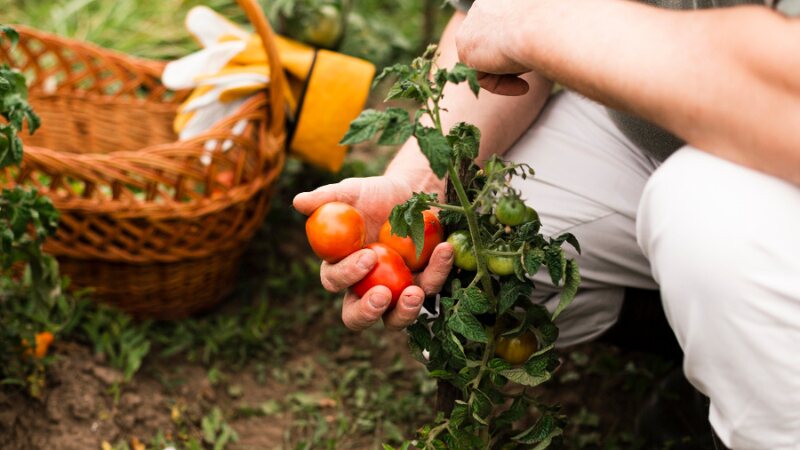
Even in a limited space, you can create a productive vegetable garden. Compact raised beds or garden boxes allow you to grow vegetables such as lettuce, carrots, and herbs. They also provide better control over soil quality and drainage. You can build raised beds in different sizes to fit in tight spaces, such as patio or balcony ledges.
Because they are higher, raised beds make it easier to garden without straining your back, and they help protect plants from pests that may be in the ground. Additionally, raised beds can double as garden borders or seating areas, maximizing their functionality in limited space.
Creating a sensory garden in small spaces
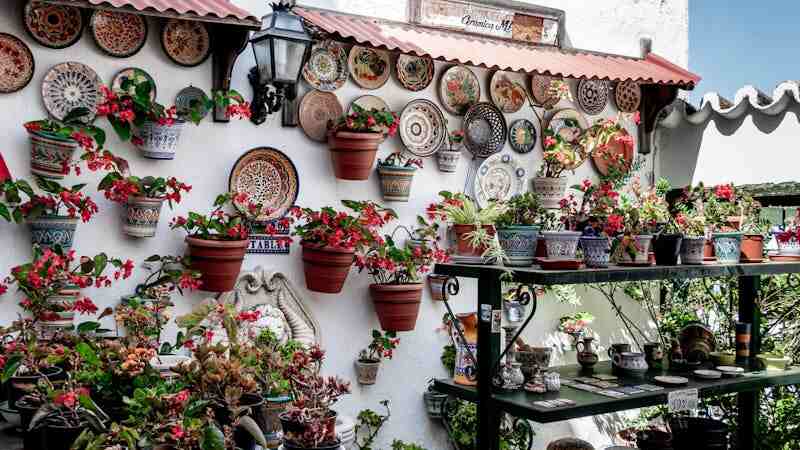
A small space garden can still be a sensory experience. Add fragrant flowers, textured leaves, or plants that attract birds and butterflies. Plants like lavender, rosemary, and jasmine can engage your senses in even the smallest garden. To further enhance the sensory experience, consider adding plants with different textures,
such as soft lamb ears or rough ferns, to stimulate the sense of touch. You can also add plants that make calming sounds, such as rustling grass or windblown bamboo. A well-designed sensory garden can create an immersive environment, offering a peaceful escape from the hustle and bustle of everyday life.
Combining outdoor art and decor
Add personality to your small space garden by adding outdoor art, wind chimes, or decorative planters. These elements can enhance the aesthetic appeal without taking up the space reserved for plants. Outdoor art, such as sculptures garden plants, or even painted rocks, can serve as focal points that draw attention and add character
Wind chimes or small lanterns can add both sound and light, creating a relaxing and inviting atmosphere. By choosing light or hanging decorations, you can ensure that these artistic elements complement the garden without crowding the limited space
Use multi-level planters to maximize space
Multi-level planters or garden towers allow you to grow many types of plants in a small footprint. They are ideal for herbs, small flowers, or succulents, offering a tiered structure that can hold multiple pots. By using vertical space, multi-level planters increase your planting capacity without taking up extra ground space.
They are perfect for creating a cascading effect with trailing plants or for growing a variety of herbs that thrive at different heights. These planters also make it easy to arrange plants according to their light or water needs, optimizing their growth in a compact garden
DIY vertical herb garden for small spaces garden
If you love cooking with fresh herbs but have limited space, building a DIY vertical herb garden is a great solution. Use a wall-mounted planter, hanging pocket, or even a recycled wooden pallet to grow a variety of herbs on your balcony or kitchen wall. This not only maximizes your vertical space but also brings fresh, fragrant herbs within arm’s reach.
perfect for everyday cooking. You can easily grow herbs like basil, thyme, or mint in small containers, making it an easy way to garden without needing a lot of floor space. A vertical herb garden can also double as a decorative feature, bringing a splash of greenery to your outdoor or indoor living area
Choose folding garden furniture
In a small space garden, every inch counts. Choosing folding garden furniture allows you to create a flexible seating area that can be easily stored away when not in use, leaving more room for plants and pathways.Folding chairs, tables, and benches can be removed when not needed.
This type of furniture is also lightweight and portable, making it easy to rearrange your garden as needed. With the versatile options available, folding furniture can be both practical and stylish, enhancing the overall look of your compact garden space, and creating a clean and open space that allows you to move around comfortably.
Add a smart irrigation system.
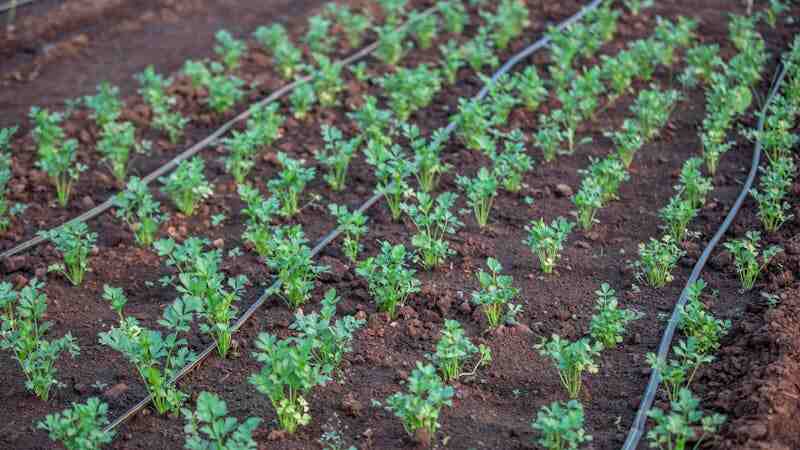
For a low-maintenance small-space garden, consider installing a smart irrigation system. Drip irrigation or self-watering planters ensure that your plants get the right amount of water without taking up extra space, and they reduce the need for constant watering. A smart irrigation system can be set up to water your plants at optimal times
which is especially useful in sunny or dry environments. This is a great way to conserve water, as these systems deliver water directly to the roots, reducing evaporation and runoff. With smart irrigation, you can maintain a lush, healthy garden even if you’re short on time or have limited access to water.
Add Companion Planting Even in a small space Garden you can benefit from companion planting to increase plant health and productivity. Companion planting involves growing plants together that benefit each other, such as planting marigolds with tomatoes to deter pests or planting basil with peppers to enhance flavor. In small spaces, this technique maximizes the use of available soil and encourages plants to thrive without competing for resources.
Companion planting can also create a more vibrant and diverse garden, introducing different colors, scents, and textures into a limited area. This method not only saves space but can also improve the overall health of your small space garden by promoting natural pest control and encouraging pollination.
Choose compact fruit trees If you have a little extra space, consider planting dwarf or compact fruit trees in containers or raised beds. Fruit trees such as dwarf lemon, apple, or fig trees can thrive in containers and provide fresh fruit without taking up too much space. These trees are perfect for patios, balconies, or small space gardens and can be pruned to maintain their size.
Compact fruit trees not only provide practical production but also add beauty and texture to your small-space garden. They provide height and shade while attracting beneficial insects and birds, contributing to your garden’s overall ecosystem.
Conclusion
Designing a small space garden doesn’t mean compromising on style, variety, or functionality. With the right approach, you can create a vibrant and thriving garden, no matter the size of your space. By using vertical space, choosing the right plants, and being strategic with furniture and design elements, your small space garden can become a beautiful, green oasis.
Whether you have a small balcony, a narrow patio, or just a sunny window, these great ideas can help you maximize the gardening potential of even the smallest of spaces.
Designing a small space garden allows you to be creative without sacrificing aesthetics or productivity. By leveraging vertical gardening techniques, you can effectively use walls and other structures to add greenery without taking up valuable ground space.
Careful selection of plants suitable for limited environments ensures a rich and diverse garden that thrives in any environment. After all, with thoughtful planning and innovative design, even the smallest spaces can be transformed into lush, inviting retreats that enhance your lifestyle and well-being.


